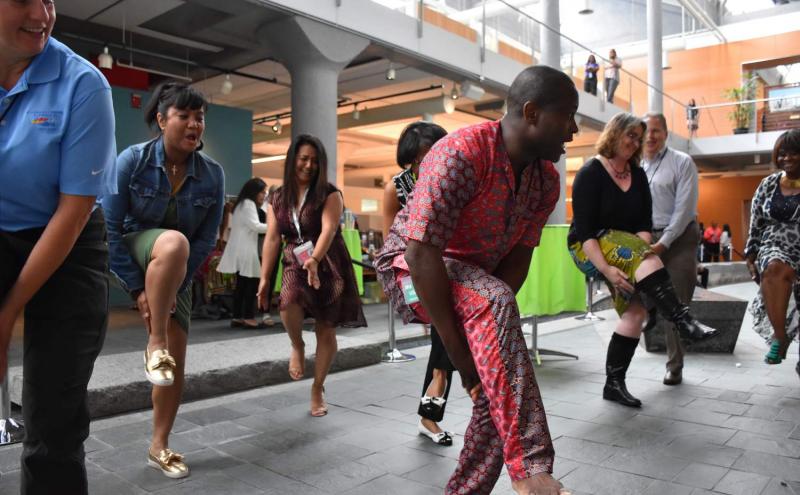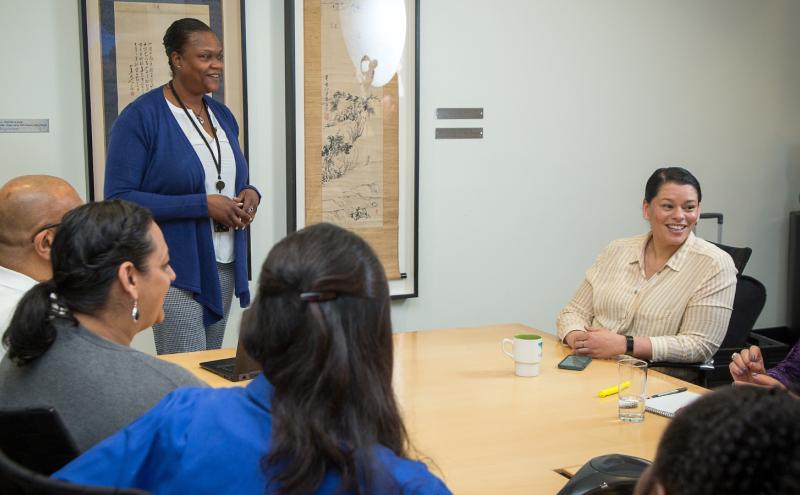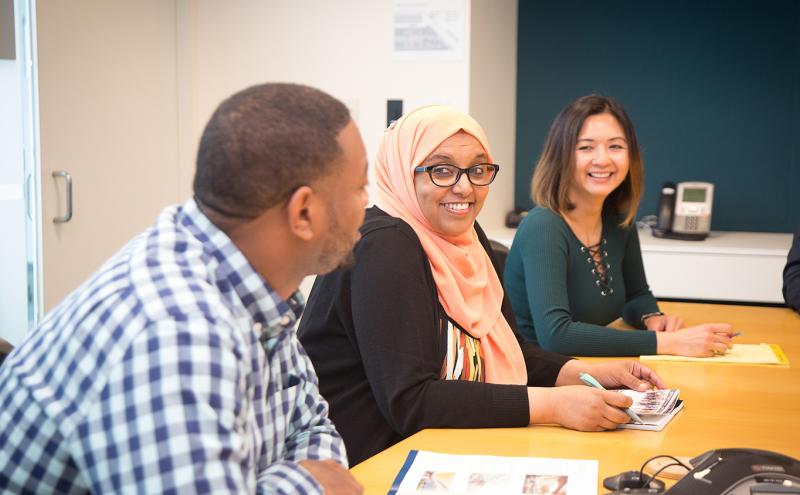
When I first came to the Port of Seattle, I was fresh out of college. As I began navigating through the organization, I was struck by the racial concentration in a few departments, most notably the mailroom and to a lesser extent, accounting. It was as if the organization knew the importance of hiring diverse racial groups but had haphazardly slung spots of color here and there on its canvas.
As a young person (woman) of color, it was an early lesson to be less interested in how many people of color (or how many women) an organization had and more interested in the placement of people. Who were the decision makers? Who was in the executive suite? Who had voices? Who had the power to make changes?
Fast forward almost 27 years, and Diversity, Equity, and Inclusion (DEI) efforts are woven into the Port’s fabric with an Equity Policy Directive, and diversity is more apparent through the rank and file of the organization. Have we arrived? Based on water cooler chatter, no. But I have seen the organization make an effort, which seems genuine to me, to tackle complex systems that are rooted in racism, sexism, ageism, classism, and any other “isms” and phobias that have led to the underrepresentation and marginalization of groups of people. I have also seen the Port take a leadership role in DEI efforts, becoming the first port authority in the country to establish an Office of Equity.
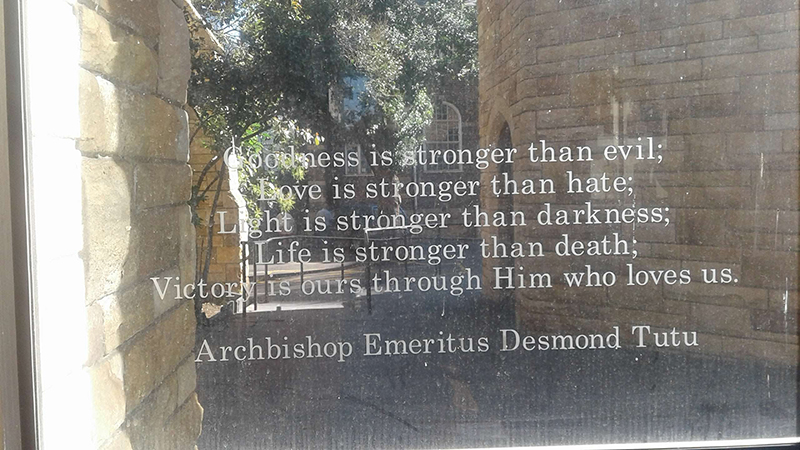
Meaning of diversity
When I sat down to write an article about why diversity is important to me, I thought about how my own understanding of diversity has expanded through the years. Growing up in the 80’s and into the 90’s, I remember hearing about diversity in terms of race, ethnicity, nationality, religion, gender, politics, (dis) ability, and age. Over time it expanded — or perhaps my own understanding expanded — to (but not limited to) sexual orientation, socioeconomic status, language, or political perspective. As my understanding of diversity grew, so did my awareness of what makes me and others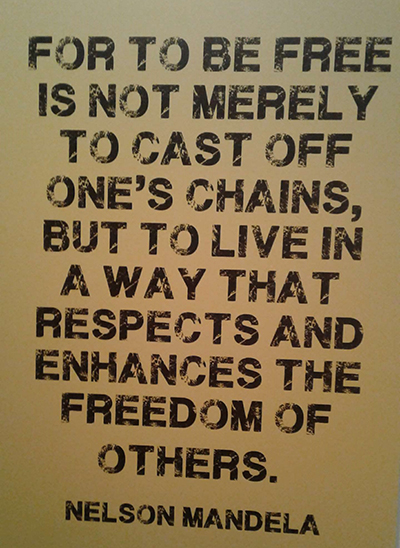 diverse. This deeper knowledge helps me see the world from different perspectives and appreciate and use what we have in common as building stones. It also helps me root out and tackle my own personal biases. We are all products of our environment with conscious and unconscious preconceived ideas about other.
diverse. This deeper knowledge helps me see the world from different perspectives and appreciate and use what we have in common as building stones. It also helps me root out and tackle my own personal biases. We are all products of our environment with conscious and unconscious preconceived ideas about other.
The concept of other is woven throughout history and has been used to foster negative stereotypes and prejudices, which gave (some) people a greenlight to behave horribly toward other humans. I am convinced within myself that we are wired with some need for hierarchy, but I will spare you the list of examples whirling in my head. Thankfully, nowadays we live in a period where people are more aware of injustices and are more likely to call them out. It doesn’t make people snowflakes or overly sensitive. They have just been given a voice.
“For to be free is not merely to cast off one’s chains, but to live in a way that respects and enhances the freedom of others,” Nelson Mandela.
Looking back at history, we see the role movements like Abolition, Civil Rights, Women’s Rights, and other social movements have played in getting more people closer to the starting line with equal voices. Social movements normally involve a hard fight and leave a portion of society uncomfortable. Some simply because the movements took away their power and privilege as the movements chipped away at systems and “isms” that were in place that benefited them and oppressed a segment of the population.
Diversity of thought
Diversity of thought is something I have been thinking about. In a past post, I mentioned my cousin, whose political views are completely different from the rest of the family. During a recent trip to the South, my family and I reminisced about her memory, which included heated debates we all had with her about all things politics. That night I remembered a conversation I had with her where she shared that she didn’t always feel comfortable sharing her viewpoints with the family because she felt like it wasn’t a safe place to voice her opinions.
So, I am mindful that I don’t always have to agree with someone, especially politically. We can agree to respectfully disagree and remain in fellowship. During a time of “cancel culture,” I also think about grace and the necessity to allow someone to grow and change their viewpoints as they learn more, which is why Employee Resource Groups, which form around common interests and goals, are so important to demystifying all things other. With that said, I am not advocating tolerating hatred, injustice, or bigotry in any form. I am suggesting allowing people to do better when they learn better.
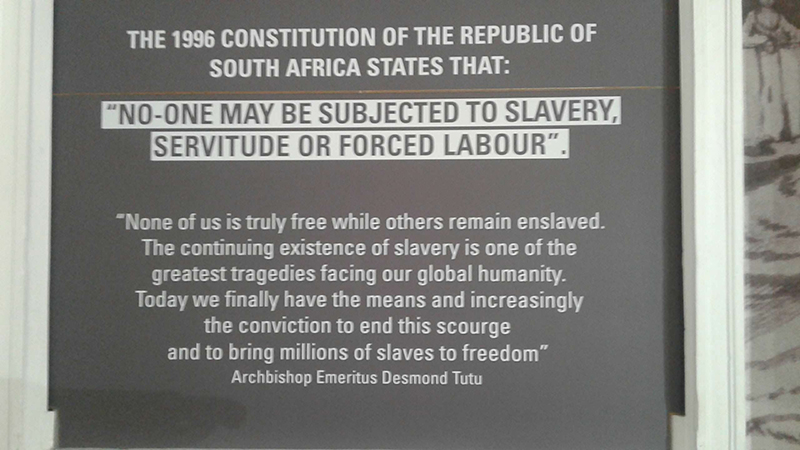
More than diversity
As I learned early on, diversity is not enough, which is why the introduction of equity and inclusion is so critical. Equity means that everyone has the same access, resources, tools, and opportunities to flourish and succeed. Inclusion means all are welcome despite any differences and treated with respect and value. This is not a call to hire people who are unqualified, but a call out of the many, many, many qualified people who have been overlooked for positions because they didn’t quite fit a look. Instead, someone underqualified was given a position simply because they were part of the Good Old Boys’ Club or the Good Old Girls’ Club.
True Diversity, Equity, and Inclusion programs are important to me because they — at least in theory — dismantle systems to provide a more even playing field. They allow for important conversations that are not always comfortable, especially to people who have benefitted from the systems and don’t think anything is wrong. This has made it easy for them to label people as troublemakers, snowflakes, or overly sensitive. I cannot emphasize the word true enough. There are organizations with programs in place whose behaviors don’t reflect what the organization claims to value, particularly organizations that don’t allow for diversity of thought.
This month, we celebrate the Juneteenth holiday and Pride Month, African American Appreciation Month, and Black Lives Matter Month. Let us celebrate together and navigate diversity, inclusion, and equity, with grace, openness, and sincerity. We can celebrate the progress the organization has made and roll up our sleeves for the work yet to be done.


